By Maura Carlin, Editor
Tariffs, tariffs, tariffs . . . Until recently a relatively obscure area of law and commerce, and now it is on the tip of everyone’s tongue. So much so that a recent article says the fastest way to become a top influencer right now, is to talk tariffs. So here I go. Just kidding . . .

Image courtesy: @asafetypin
It is time, however, to dig deeper into how additional tariffs on EU products could or would affect pricing of luxury handbags. Although for now, President Trump has paused for 90 days part of the extra 20% tariff ordered on EU imports, the issue likely is not going away.
Consider this a course in “Tariffs 101” for a high schooler, based on my in-depth conversation with attorney Charles L. Crowley, Managing Partner and tariff and trade expert at Sandler, Travis & Rosenberg, P.A. Any errors here are mine, not his, as I try to simplify the topic.
For starters, all items imported into the United States are subject to tariffs, which are paid by the importer. Handbags, as a category, typically have high tariff rates, anywhere between 8-34%. When that Chanel 11.12 bag ( the Classic Flap) presently sitting in the NYC boutique on Madison Avenue arrived stateside, the importing Chanel entity was assessed and paid a tariff. It is included in the retail price (now $10,800) to whatever extent Chanel determined.
Read: How High Will Trump Tariffs Spike Prices of Luxury Handbags?
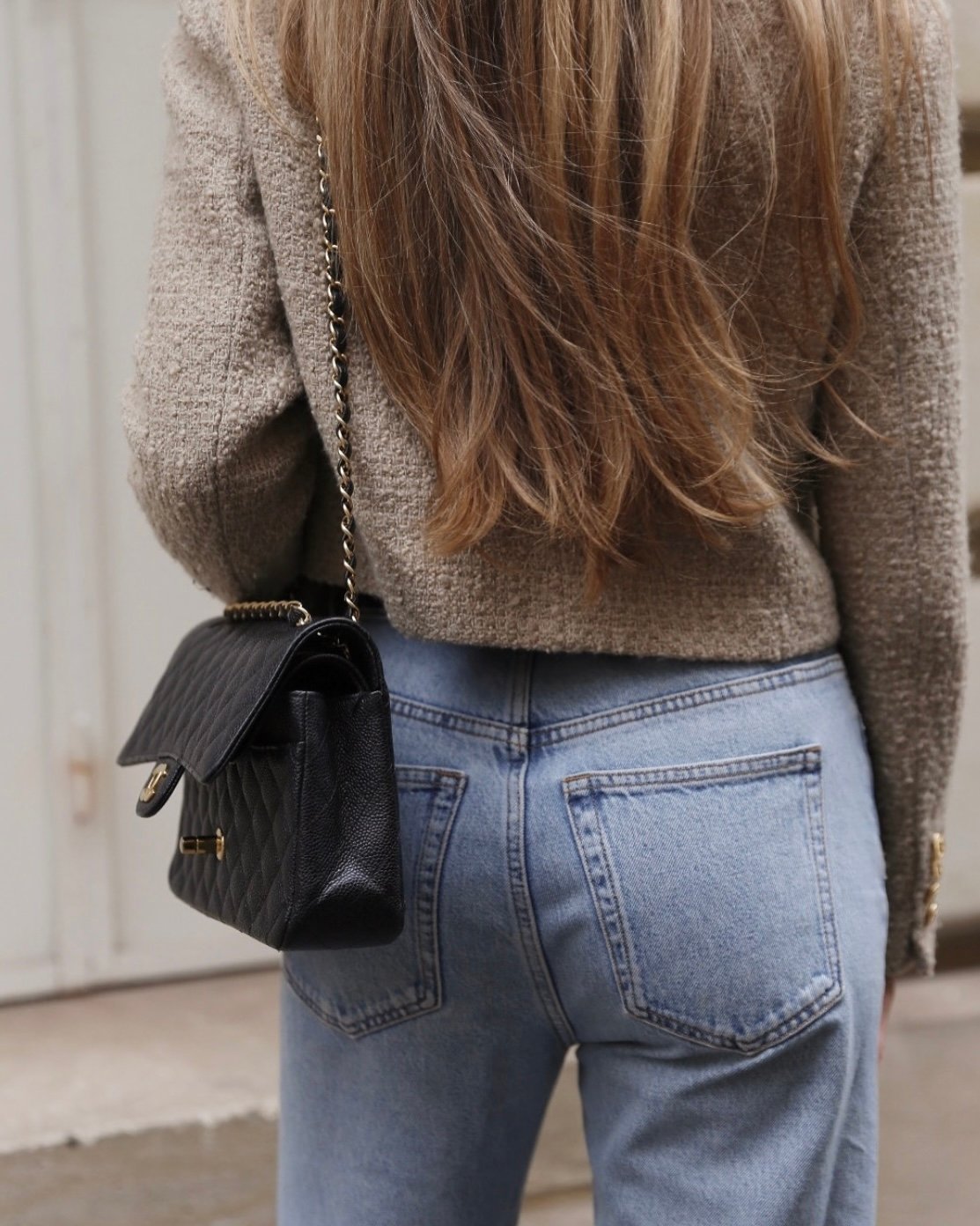
Image courtesy: @lovisabarkman
U.S. tariffs, however, are generally based on FOB, or freight on board, which is not the same as U.S. retail price. Crowley says a typical range is double the margin, or in the case of the Chanel 11.12, about $5K. For the Hermès Birkin 25 in Togo leather now priced at $12,100, assume FOB of about $6K.
In other words, the additional 20% tariffs President Trump put on hold would be calculated from approximately $5K for the Chanel bag and $6K for the Hermès Birkin, not the full retail price. As a result, the importing entity would pay an extra $1000 for the Chanel and $1200 for the Hermès. Assuming these amounts were fully passed on to clients, the Chanel 11.12 would cost $11,800, and the Hermès $13,300. Still an increase, but not as high as tacking on 20% to the current retail price.
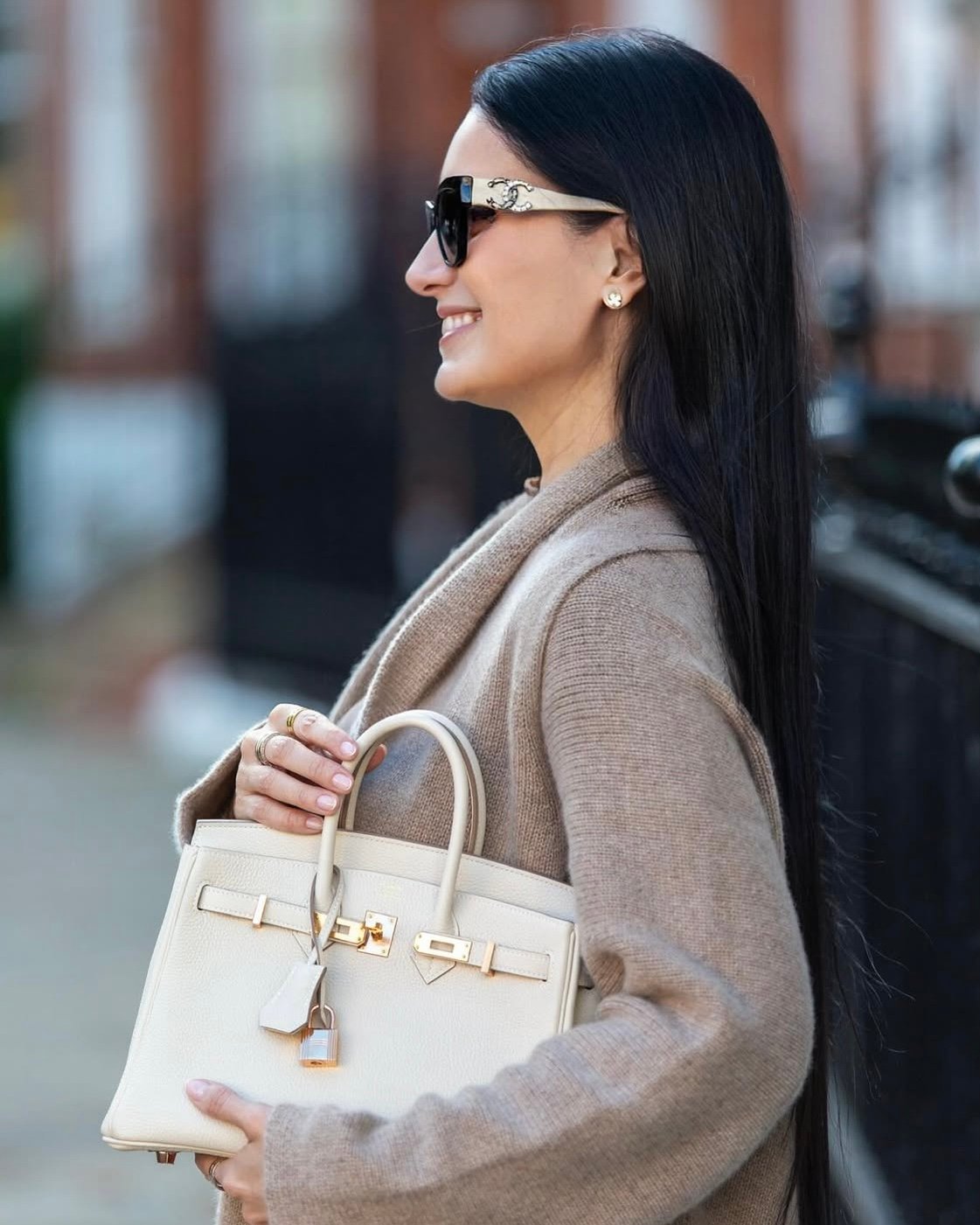
Image courtesy: @thestylishfreelancer
Not surprisingly, the issue is far more complex. “Transfer pricing” may impact the pricing of goods between related entities in a multinational company, such as Hermès Paris and Hermès US, and may require adjustments to comply with tariff and tax requirements. The U.S. rule of “First Sale,” if applicable, could reduce the FOB and therefore lower the dollar amount of tariff paid. FOB can be further impacted by negotiated Advanced Pricing Agreements. None of this is considered in this article.
Although this discussion focuses on luxury items from France and the rest of the EU, the same analysis applies to goods from other countries, like China (just hit by an extra 125% tariff for its products). According to Crowley, tariffs like these have a greater impact on sales of mass-market handbags than on luxury goods. Economically, a Chanel or Hermès customer is more likely to be able to handle a thousand dollar increase (or not buy the bag) than a less financially flush shopper can tolerate the difference between $50 and $100.

Image courtesy: @rattilovesseoul
At the moment, American luxury consumers can breathe a sigh of relief. If and when additional tariffs are imposed, at least we are educated.
Read related articles:
How High Will Trump Tariffs Spike Prices of Luxury Handbags?
News: Handbags Reported as Must-Have Investment of 2024
Hermès Revenues Up 15% in 2024 With Leather Goods Division Continuing to Surge
Are Luxury Goods Just for Boomers?
Is Chanel Saving its Big Price Increase for 2025?
New Confirmed Hermès Prices in Europe 2025
How Much Does a Mini Kelly II Really Cost in Paris in 2025? The Handbag Math
Love, PurseBop
XO
Updated: April 10th, 2025



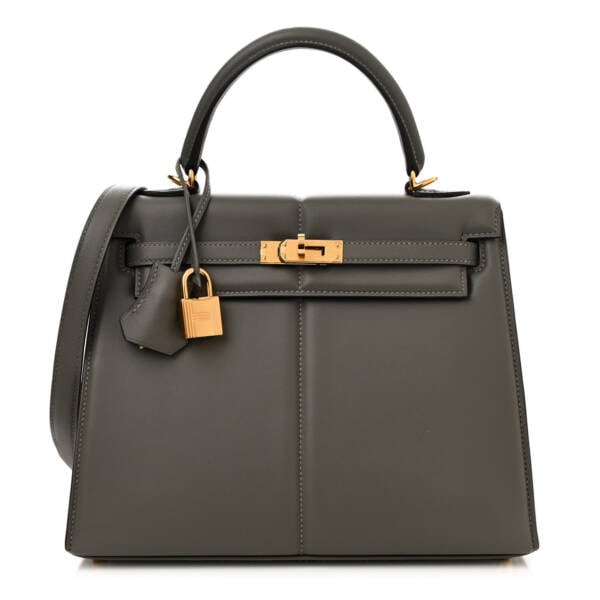
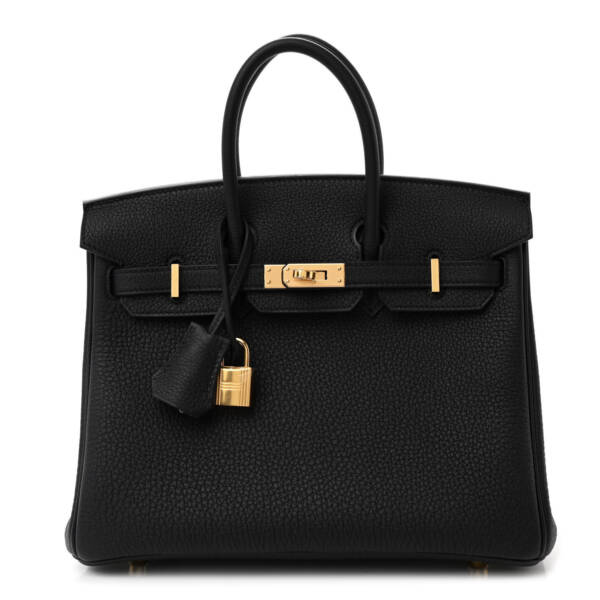
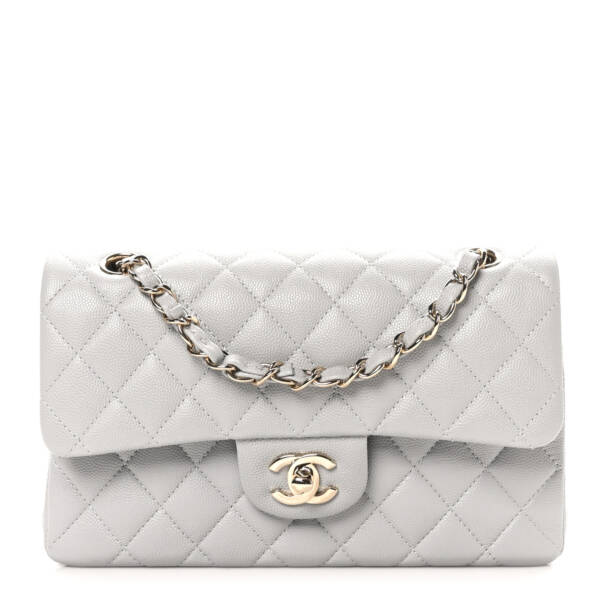
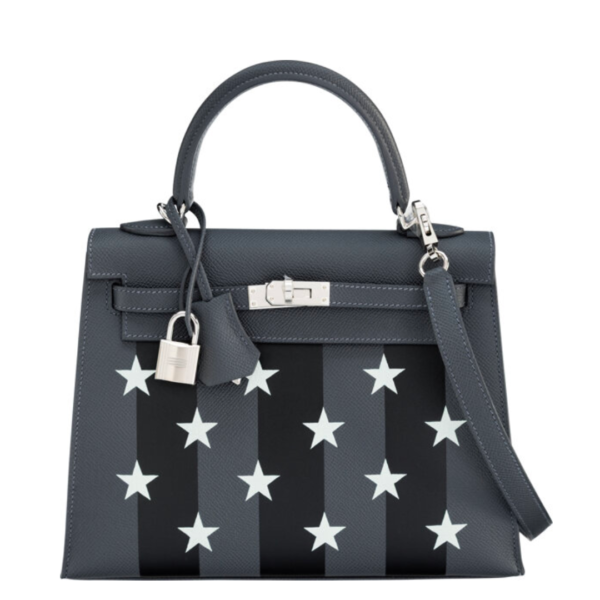
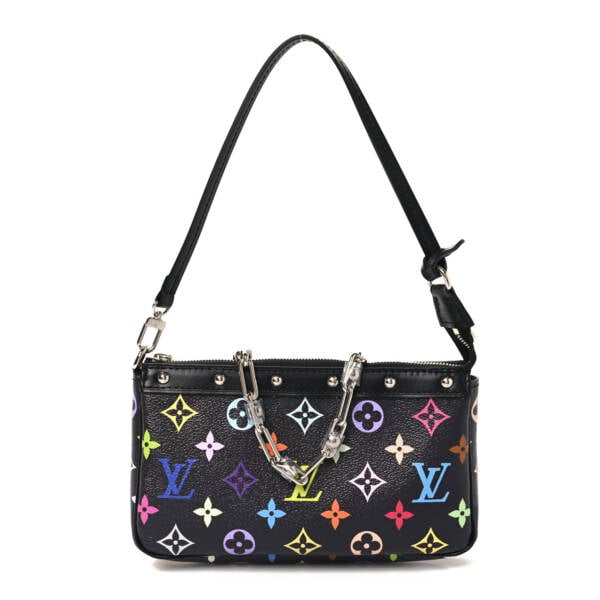
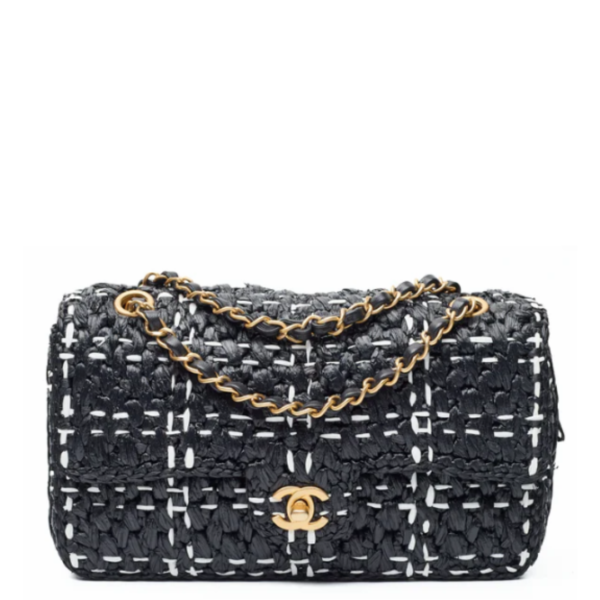
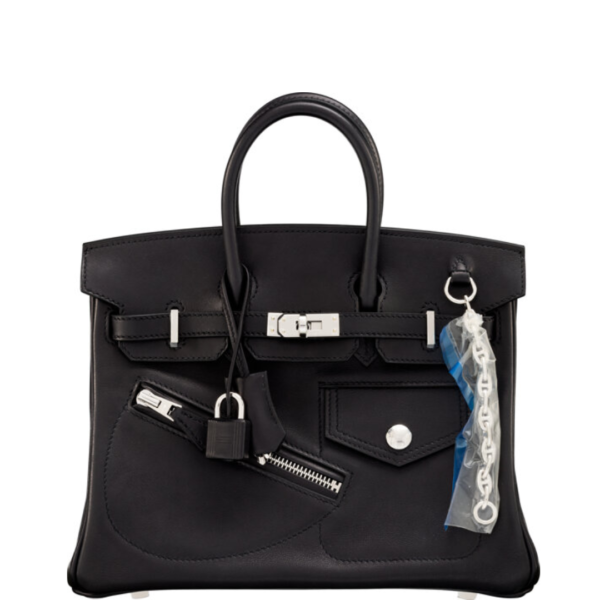
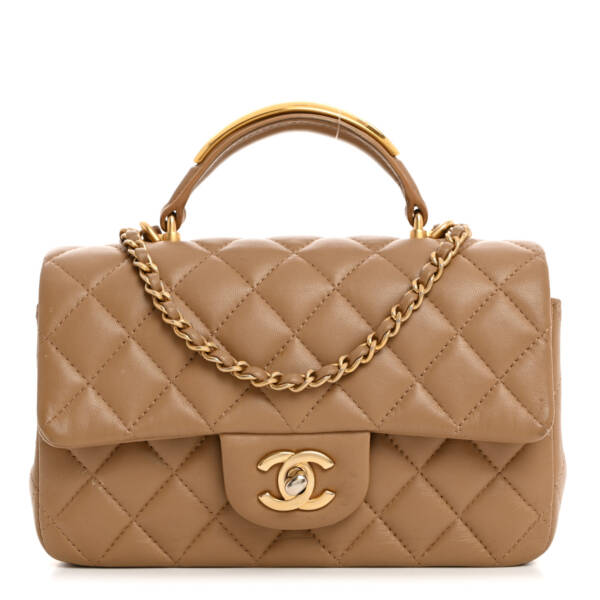
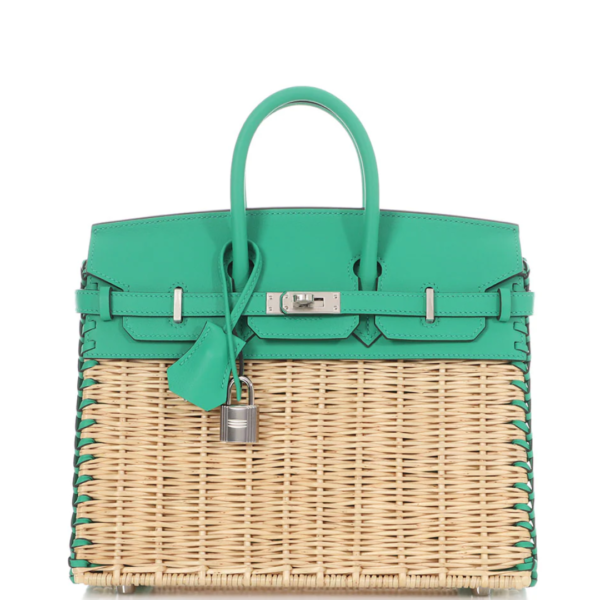
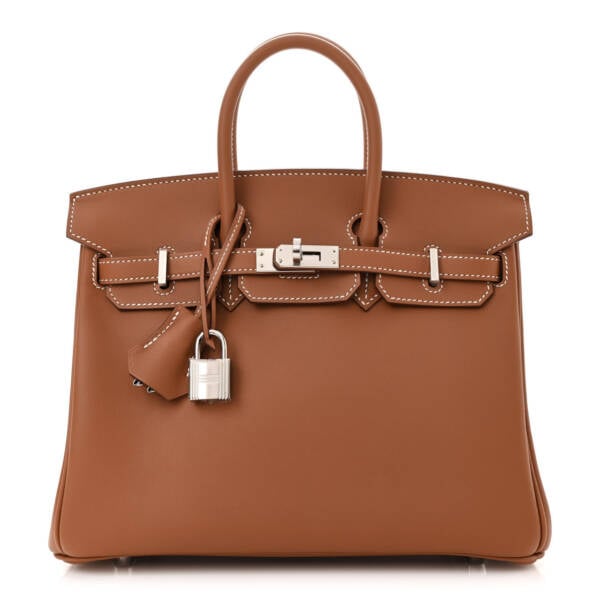
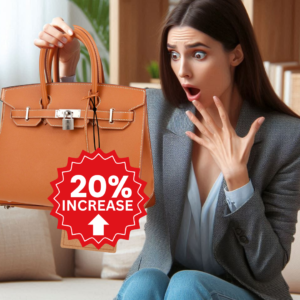
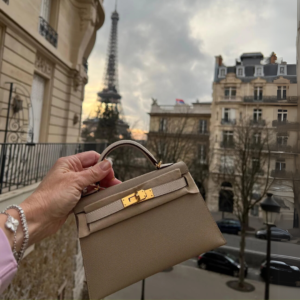
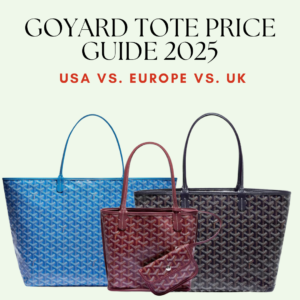
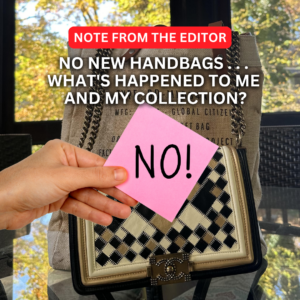
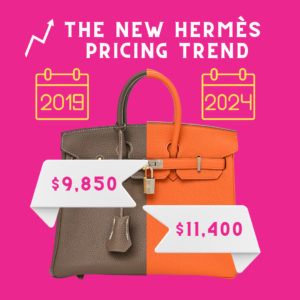
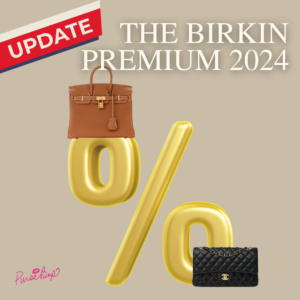


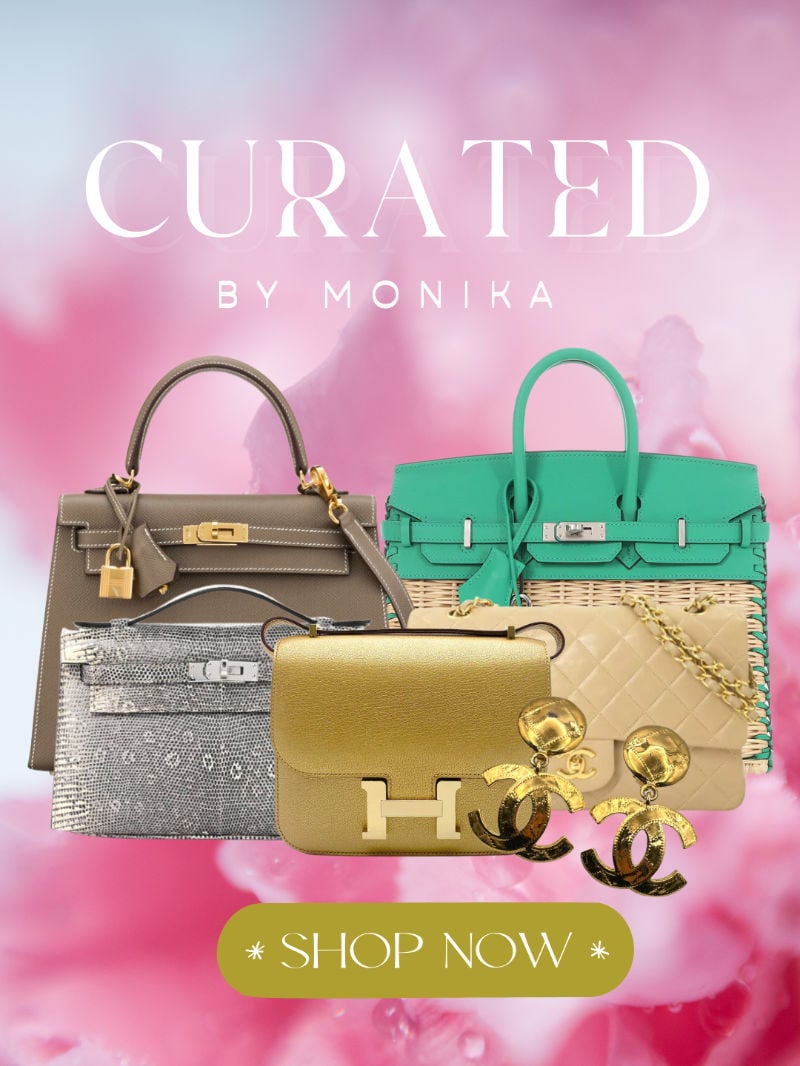
Comments
1 Responses to “Handbag Math: Luxury Shopping Tariffs Explained”
You know if those tariffs are applied, even if eventually removed, the prices won’t go down again.